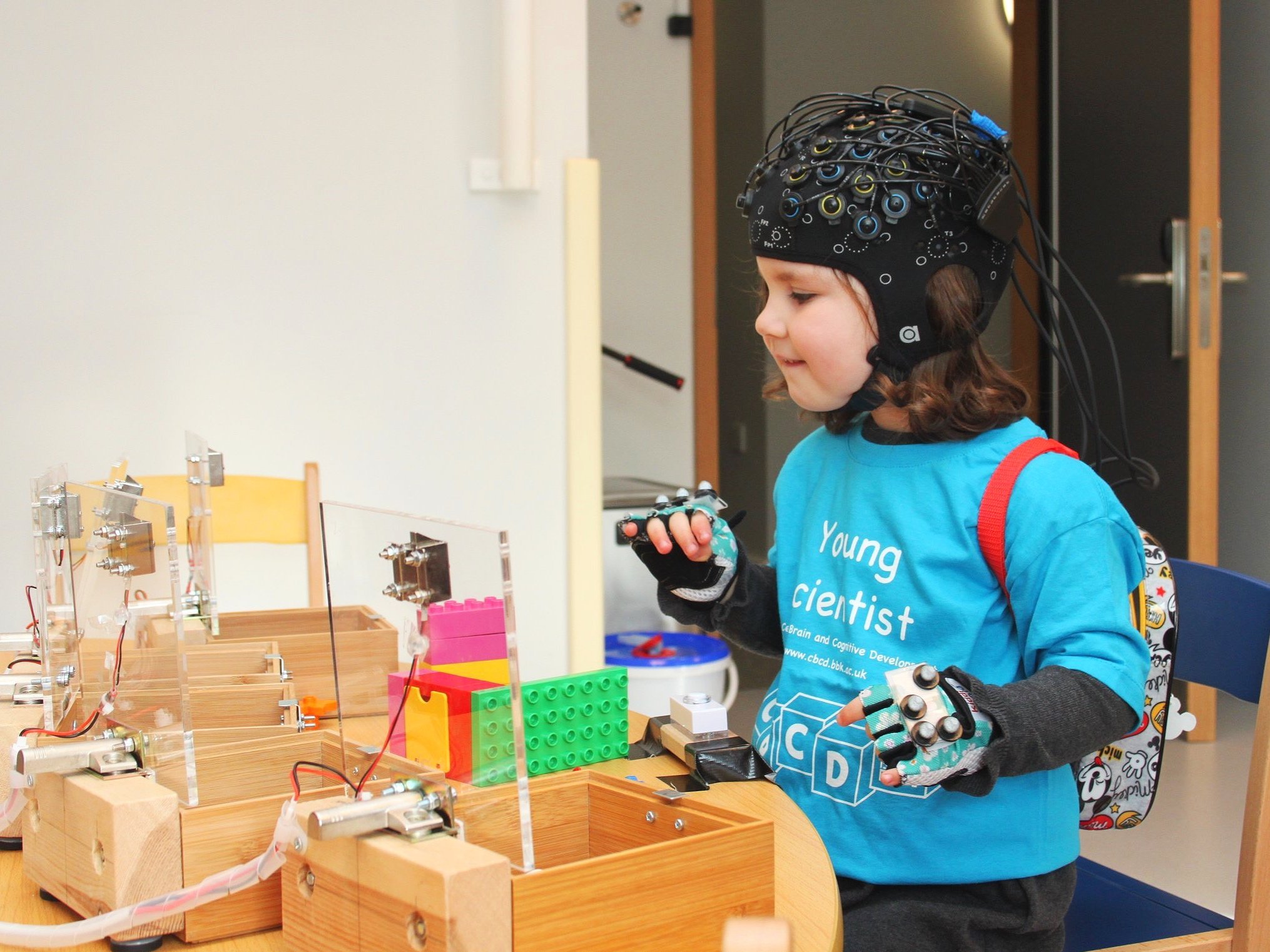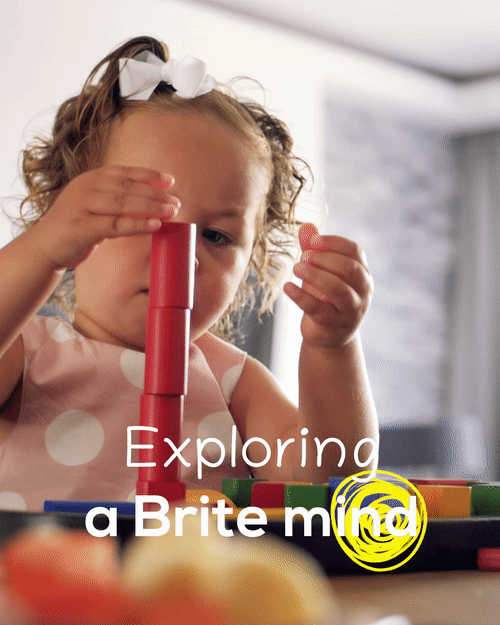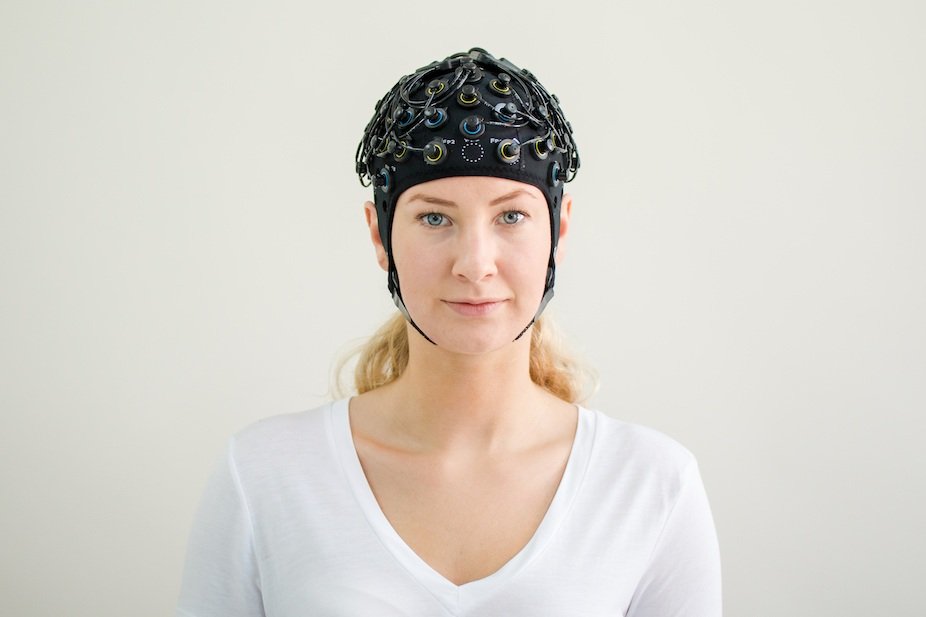In Artinis NIRS blog, you will find the latest trends in (f)NIRS, NIRS studies and applications, tutor from the leaders of near infrared spectroscopy, not to mention detailed insights and tips and tricks for your research!
Search blog post topic

Exploring early brain development in real-world settings: an interview with Dr. Paola Pinti
Dr. Paola Pinti is a Senior Research Laboratory Developer in the Birkbeck ToddlerLab. In this interview, she shares her experience in neuroscience, her work in the ToddlerLab, and the usage of a multimodal set-up to investigate behavior and brain of preschool children.

Using fNIRS to study infants and babies brain – exploring a Brite mind
In the first years of life, the brain shows the fastest and most significant growth. This time period is also crucial for discovering the onset of cognitive deficits and several neuropsychiatric disorders. Hence, proper brain development in infants builds the foundation for a successful and healthy future as an adult.

The importance of being precise: using PsychoPy for stimulus presentation and OxySoft for triggering
You’ve got your NIRS device ready and have already thought of the protocol for your next experiment. You have a clear picture of it in your head: you can see the subjects with the NIRS cap on facing a PC monitor showing each of the instructions and stimuli at the exact timing you were aiming for. Timestamps for each event are automatically saved and once the session is over, you are ready to go for the analysis. Sounds nice, right? How simple is it, though? Well, turns out it’s quite simple, actually. You just need the right tools, and the combination of PsychoPy and Oxysoft is a perfect match!

User insight: observing NIRS research with the Artinis PortaLite on elderly
We like to incorporate the user from the very first beginning in our development process. Talking with researchers and clinicians, we get to know what’s driving them and what their expectations and suggestions are for our devices. We are constantly trying to understand their feelings and see the world from their perspective to optimize our NIRS devices. One way of doing this is observing and questioning the user that is working with the device, and subject that is wearing the NIRS device. This way, we are trying to gain new insights for existing and future NIRS products.

PROMPT project: towards personalized treatment of mobility dysfunction
In this project we will focus on one of the most disabling symptoms of Parkinson’s disease, freezing of gait – episodic absence or reduction in the ability to produce an effective stepping in spite of the intention to walk (Nutt et al., 2011).

fNIRS for children with Artinis Brite
Watch how comfortable the Brite is, even for babies! #fNIRS
